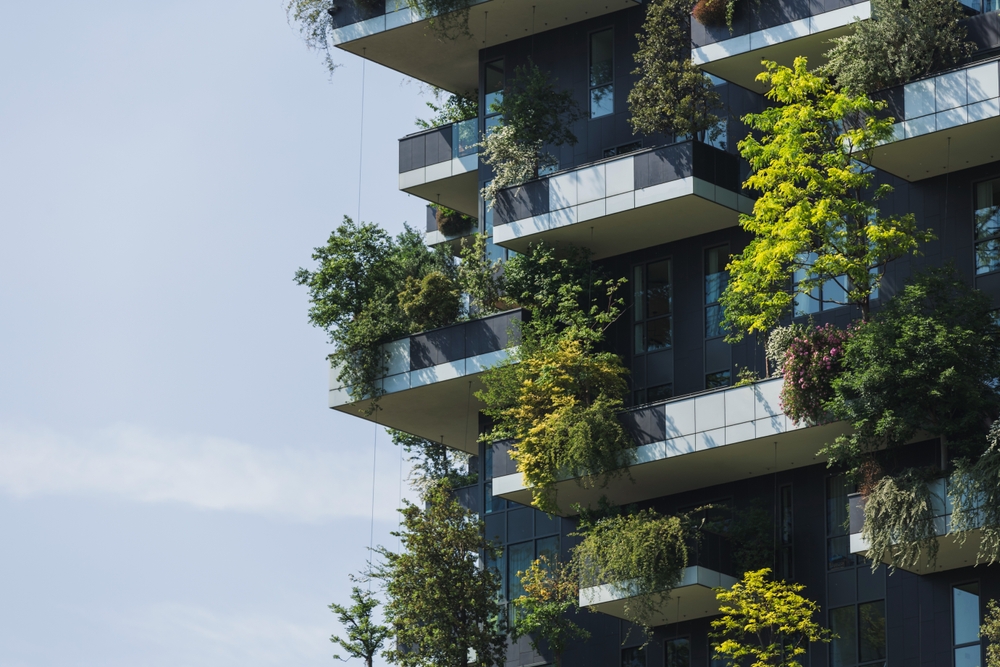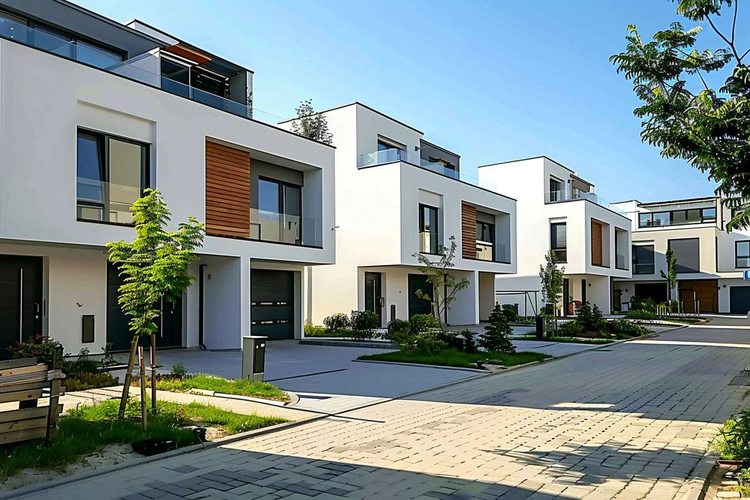Title: Reimagining Urban Real Estate: The Rise of Vertical Forests
In the ever-evolving landscape of urban real estate, a groundbreaking trend is taking root—literally. Vertical forests, an innovative fusion of architecture and nature, are reshaping skylines and redefining sustainable living in densely populated cities. This concept, pioneered by Italian architect Stefano Boeri, is not just an aesthetic marvel but a potential game-changer in urban property development and valuation. As the global population continues to gravitate towards cities, vertical forests offer a unique solution to combat pollution, enhance biodiversity, and create desirable living spaces in concrete jungles.

Environmental Impact and Urban Planning
Vertical forests represent a paradigm shift in urban planning and environmental conservation. These living buildings act as natural air purifiers, absorbing carbon dioxide, producing oxygen, and filtering particulate matter. A single vertical forest can absorb up to 30 tons of CO2 annually, equivalent to a hectare of forest. This significant environmental benefit has caught the attention of city planners grappling with air quality issues in metropolitan areas.
Real Estate Valuation and Market Trends
The integration of vertical forests into residential and commercial properties is reshaping real estate valuation metrics. Properties featuring vertical forest designs command premium prices, reflecting their unique blend of luxury and sustainability. Market trends indicate a growing demand for these green spaces, particularly among environmentally conscious millennials and Gen Z buyers. Real estate developers are increasingly incorporating vertical forest elements to differentiate their offerings in competitive urban markets.
Challenges in Implementation and Maintenance
While the concept of vertical forests is captivating, its implementation comes with unique challenges. The structural engineering required to support the weight of trees and soil on high-rise buildings is complex and costly. Maintenance of these living facades demands specialized skills and ongoing investment. Water management systems, wind resistance, and plant selection are critical factors that developers must consider. These challenges have led to innovations in construction techniques and horticultural practices specifically tailored for vertical forest projects.
Global Adoption and Future Prospects
The vertical forest concept is gaining traction globally, with projects sprouting in cities from Singapore to Utrecht. China, facing severe urban pollution challenges, has embraced the idea with particular enthusiasm. The Nanjing Vertical Forest, completed in 2018, stands as a testament to the country’s commitment to green architecture. As climate change concerns intensify, more cities are likely to adopt policies encouraging or mandating green building practices, potentially making vertical forests a more common sight in urban skylines.
Impact on Urban Biodiversity
One of the most intriguing aspects of vertical forests is their potential to enhance urban biodiversity. These structures create microcosms of plant and animal life in the heart of cities. Birds, insects, and small mammals find homes in these elevated ecosystems, bringing nature back to urban environments. This aspect not only contributes to ecological balance but also enhances the quality of life for city dwellers, offering a unique connection with nature in otherwise concrete-dominated landscapes.
Economic Implications for Real Estate
The advent of vertical forests is creating new economic opportunities within the real estate sector. Specialized firms focusing on the design, implementation, and maintenance of these living structures are emerging. Property management companies are developing new skill sets to cater to the unique needs of vertical forest buildings. Moreover, the increased property values associated with these developments are influencing investment strategies in urban real estate markets.
Regulatory Frameworks and Incentives
As vertical forests gain prominence, city governments and regulatory bodies are adapting to this new form of architecture. Some cities are introducing incentives for developers who incorporate significant green elements into their designs. These may include tax breaks, expedited permit processes, or density bonuses. The evolving regulatory landscape around vertical forests is shaping urban development policies and could significantly influence future real estate investment decisions.
The Future of Urban Living
Vertical forests represent more than just an architectural trend; they embody a vision for the future of urban living. As cities grapple with the dual challenges of population growth and environmental sustainability, these green towers offer a compelling solution. They promise to transform urban environments, making them more livable, sustainable, and aesthetically pleasing. For real estate investors and developers, vertical forests present an opportunity to be at the forefront of a movement that could redefine urban landscapes for generations to come.





